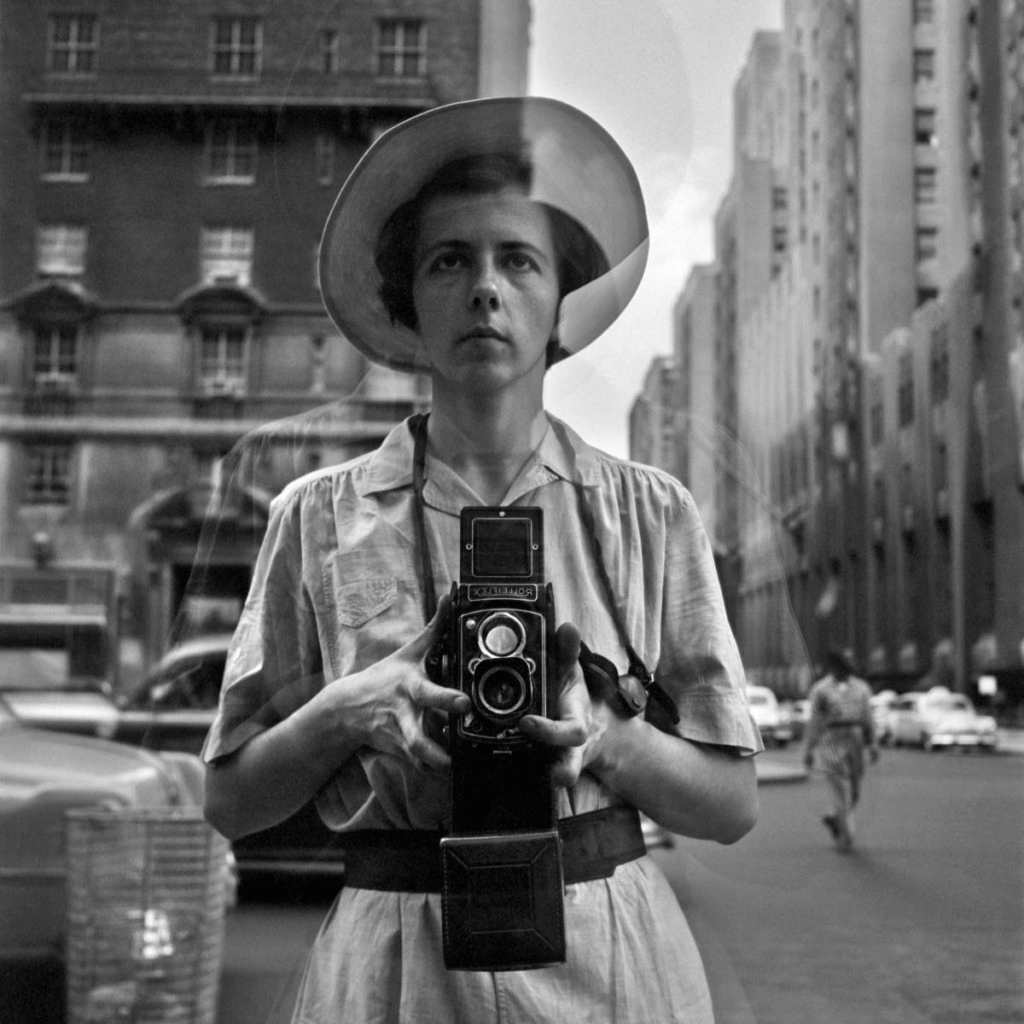6 Simple Techniques For Framing Streets
6 Simple Techniques For Framing Streets
Blog Article
Getting My Framing Streets To Work
Table of ContentsFraming Streets - QuestionsThe Best Strategy To Use For Framing StreetsFraming Streets Can Be Fun For EveryoneUnknown Facts About Framing StreetsFraming Streets Can Be Fun For EveryoneFraming Streets for Dummies
Digital photography category "Crufts Canine Show 1968" by Tony Ray-Jones Road digital photography (also sometimes called honest photography) is photography conducted for art or inquiry that features unmediated opportunity experiences and arbitrary cases within public places, generally with the purpose of capturing images at a definitive or touching moment by mindful framing and timing. 
See This Report on Framing Streets
Susan Sontag, 1977 Road photography can concentrate on individuals and their actions in public. In this regard, the road professional photographer is similar to social documentary professional photographers or photojournalists that also function in public areas, yet with the purpose of catching newsworthy events. Any one of these photographers' pictures might catch individuals and residential or commercial property noticeable within or from public areas, which typically involves browsing ethical issues and laws of privacy, safety, and residential property.
Depictions of day-to-day public life create a genre in virtually every period of globe art, starting in the pre-historic, Sumerian, Egyptian and early Buddhist art periods. Art dealing with the life of the road, whether within sights of cityscapes, or as the dominant theme, shows up in the West in the canon of the North Renaissance, Baroque, Rococo, of Romanticism, Realism, Impressionism and Post-Impressionism.
How Framing Streets can Save You Time, Stress, and Money.
Louis Daguerre: "Blvd du Holy place" (1838 or 1839) In 1838 or 1839 the initial photograph of figures in the road was tape-recorded by Louis-Jacques-Mand Daguerre in one of a pair of daguerreotype views extracted from his workshop home window of the Boulevard du Temple in Paris. The 2nd, made at the elevation of the day, reveals an uninhabited stretch of road, while the other was taken at regarding 8:00 am, and as Beaumont Newhall reports, "The Boulevard, so constantly full of a relocating bunch of pedestrians and carriages was perfectly solitary, other than a person who was having his boots brushed.
, who was influenced to carry out a similar documents of New York City. As the city created, Atget helped to advertise Parisian roads as a deserving subject for photography.

About Framing Streets
The principal Mass-Observationists were anthropologist Tom Harrisson in Bolton and poet Charles Madge in London, and their first report was generated as the publication "May the Twelfth: Mass-Observation Day-Surveys 1937 by over 2 hundred observers" [] Home window cleaner at Kottbusser Tor, Berlin, by Elsa Thiemann c. 1946 The post-war French Humanist Institution digital photographers discovered their subjects on the street or in the bistro. Andre Kertesz.'s commonly appreciated Images la Sauvette (1952) (the English-language version was titled The Decisive Moment) advertised the concept of taking an image at what he described the "decisive minute"; "when form and content, vision and structure merged right into a transcendent whole" - Best Zoom Lens.
The Best Guide To Framing Streets
, after that a teacher of young youngsters, connected with Evans in 193839.'s 1958 publication,, was reference considerable; raw and typically out of focus, Frank's photos questioned conventional digital photography of the time, "tested all the formal guidelines laid down by Henri Cartier-Bresson and Walker Evans" and "flew in the face of the wholesome pictorialism and heartfelt photojournalism of American magazines like LIFE and Time".
Report this page